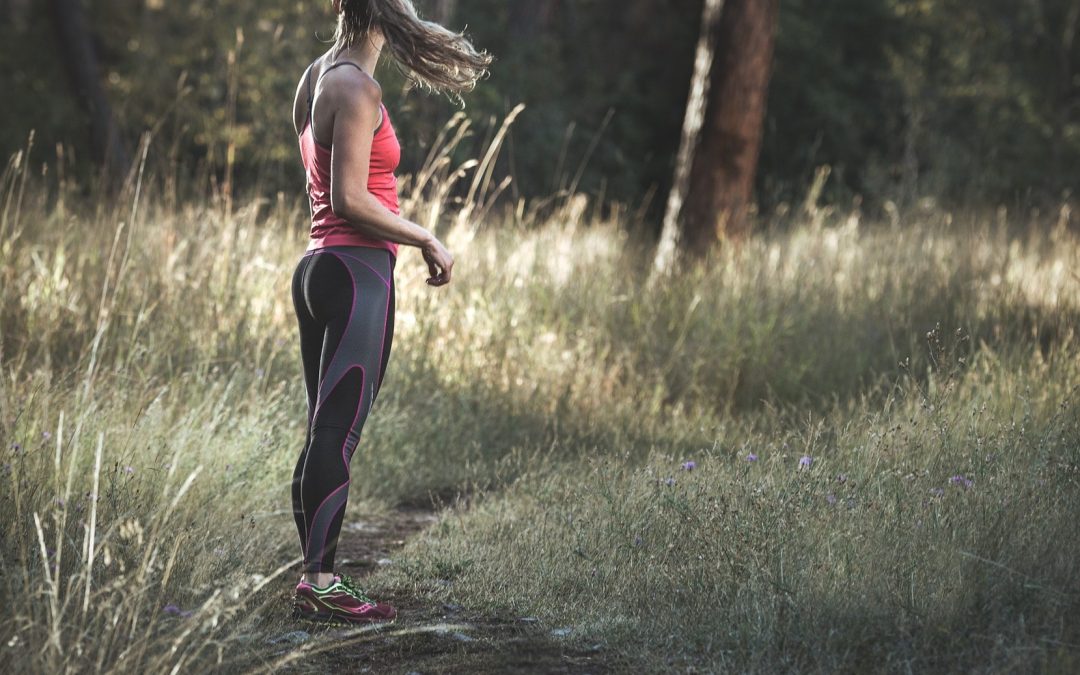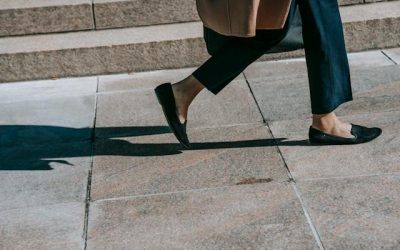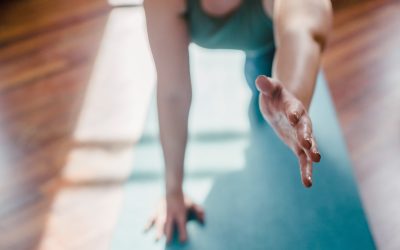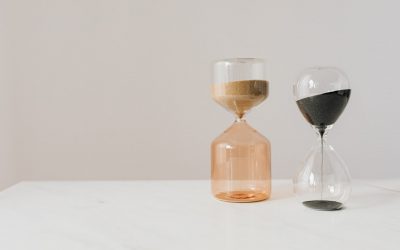There’s no getting away from it. Big changes happen to your body in your middle years and you start to notice that things are not as they used to be. It takes you longer to recover from that Zumba class. Or your race time is not quite what it was. Or, if you’ve never been someone to take physical fitness seriously in the past, you suddenly feel 105 and achy all over.
If you’re a woman in your 40s and 50s then you will be peri-menopausal, menopausal, or post – menopausal and that means there’s a whole cocktail of hormonal changes going on resulting in physical changes to your body. It’s a complicated area but, suffice to say, the effects may be things such as reduced muscle mass and therefore strength, the spare tyre, feelings of fatigue, increased risk of heart attack and osteoporosis. Charming.
What can you do about it?
Put very simply, you need to include 3 principles which go into any good fitness regime – strength, aerobic capacity and flexibility – and adapt it.
One of the things we can struggle with is coming to an understanding of (and acceptance of) our new body and its strengths and limitations. Often made even more difficult by things seeming to change every week. But it’s important to realise that what worked for you in the past may not work as well now. And that’s OK. Don’t beat yourself up about it. Changes in hormones can make your joints feel stiff and sore so perhaps you can’t get into that yoga pose as you used to. So, what. Learn a new one. Perhaps your knees really complain after your runs now. Protect them. Ensure you are working on muscle strength elsewhere, do fewer or less intensive runs. Take up another activity instead.
This is not defeatist – this is helping to future proof You.
1Strength
We begin to lose muscle mass from our 30s, between 3 -5 % depending on your level of activity, and if you don’t address this then you may find yourself with a variety of health issues as you age. However, don’t lose heart as you can work to offset this by doing some resistance strength training. If you immediately think of lifting weights in a gym you’re right and that is a good way to develop more muscle, but, do make sure that the person advising you is experienced in working with women of this age group. We don’t have 20 year – old bodies and joints any more and they do need to be protected.
But there’s much you can do at home – lift bags of sugar, use stretchy bands of different strengths to challenge the muscle. Or try Pilates, boxercise, spin classes – the list goes on.
2Aerobic capacity
Get that heart beating. You can take up marathon running if you want, but, a brisk walk is just as good and easier on your more vulnerable joints and helps to build bone. Get to a pace where you find it difficult to hold a conversation and you are giving your heart and lungs a good work out. If you find it hard to keep up that pace, then include bursts of speed in your walk , choose a point in the distance and vow to walk as fast as to you can to reach it, walk slower for the next bit. Repeat.
3Flexibility
It’s important we do all we can to maintain a full range of movement in our joints. Many every day activities only work the joint in a small range of planes and we can lose the ability to move easily – are you finding it harder to look behind you when you reverse the car as your neck is so stiff? When did you last dedicate time to working on neck exercises? Bending down to tie your shoes proving challenging? Work on flexibility of your spine. Try Pilates, yoga, Tai Chi, dance.
The key to fitness over 40 is to listen to your body and adapt things, don’t give yourself a hard time and see it as a wonderful opportunity to try something new. You never know, you may develop a new fitness passion.






